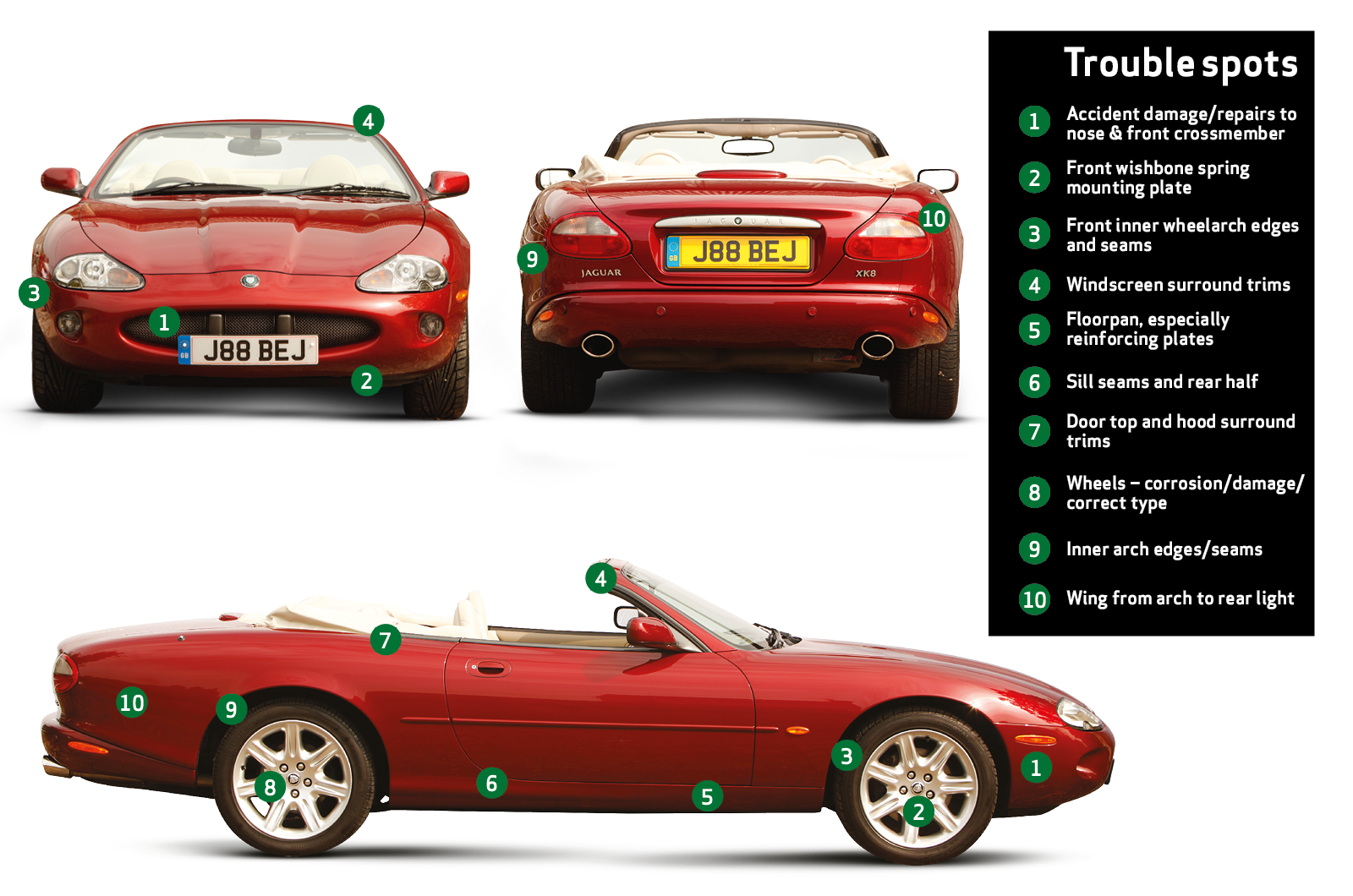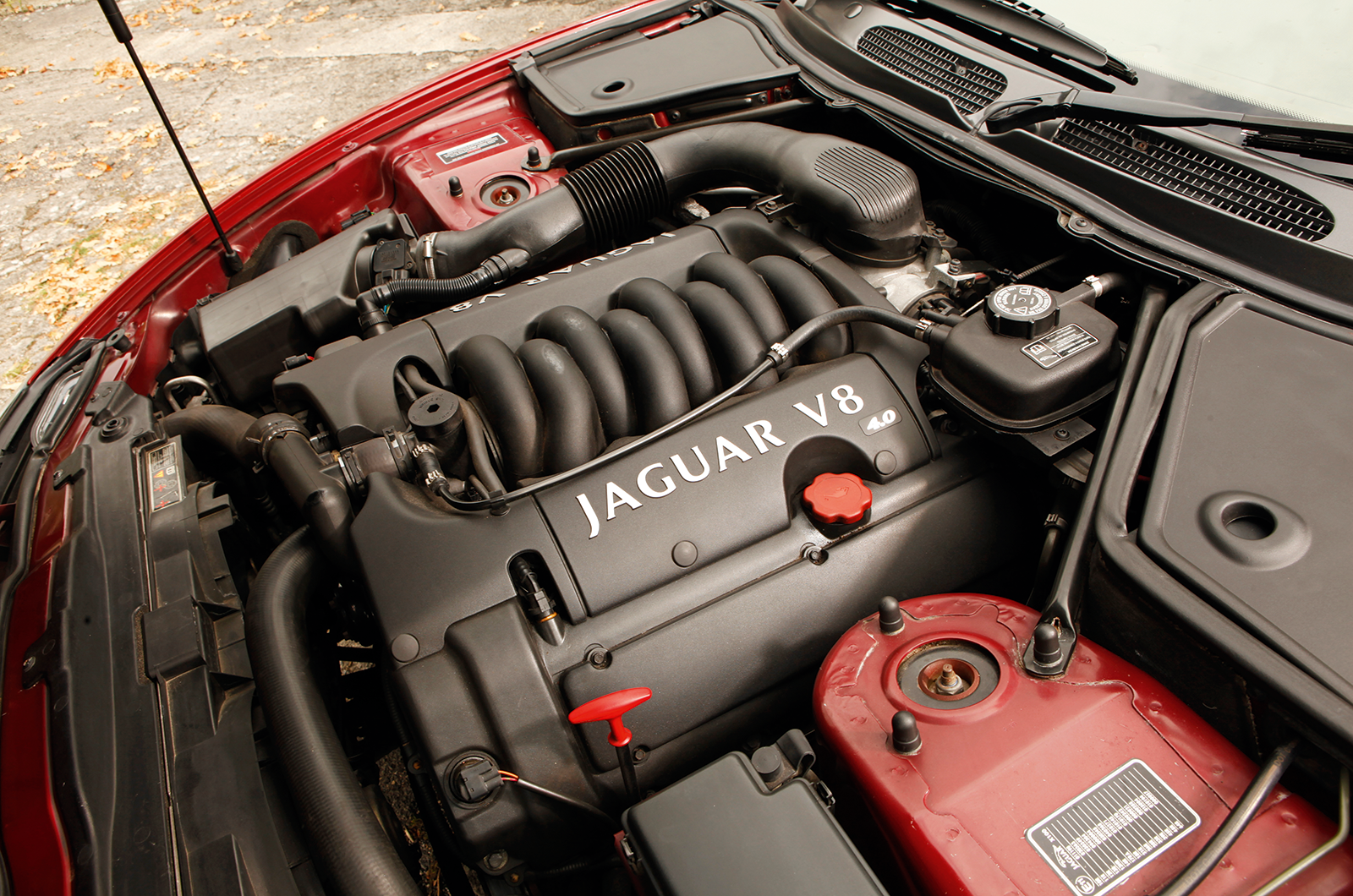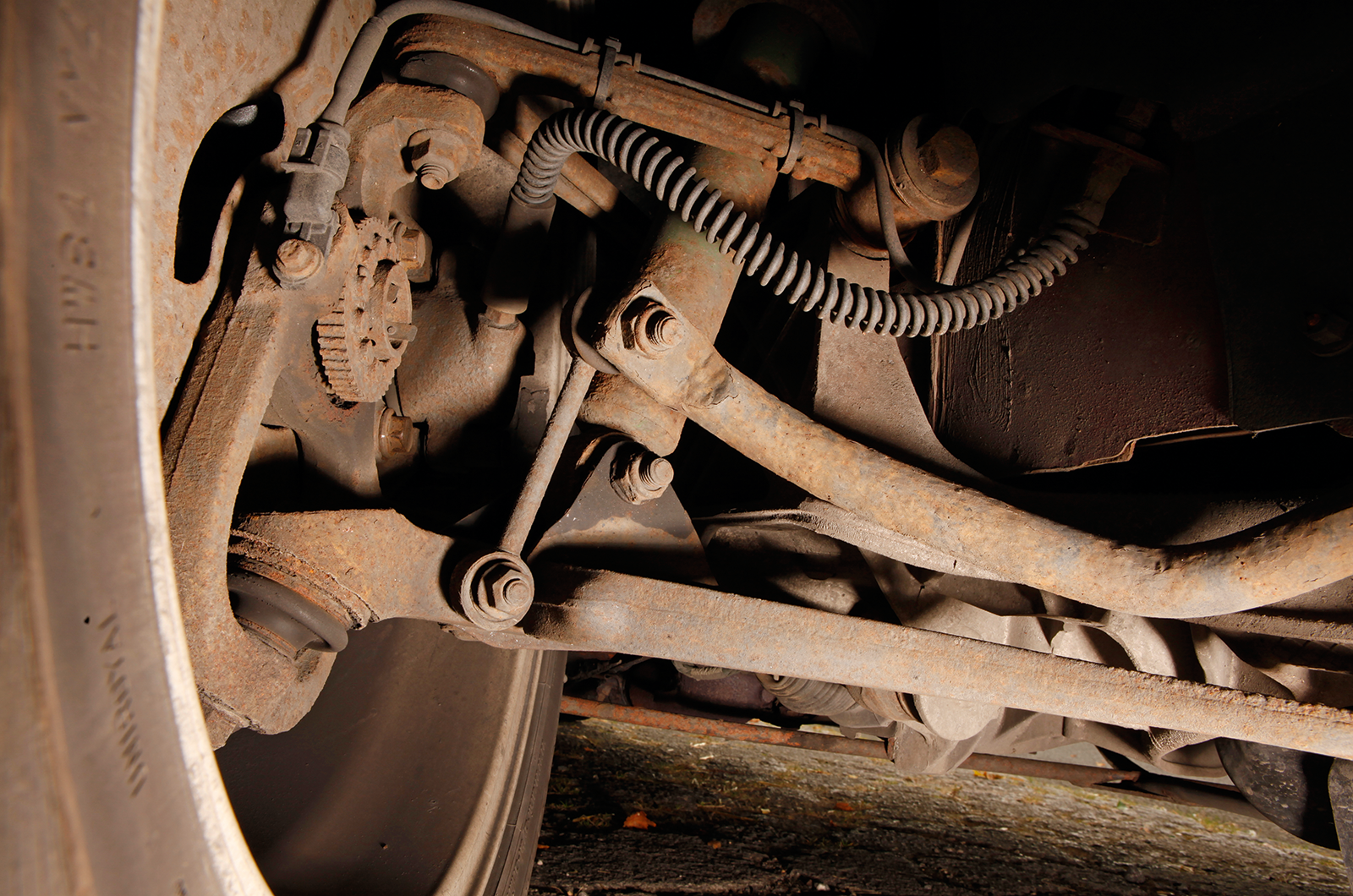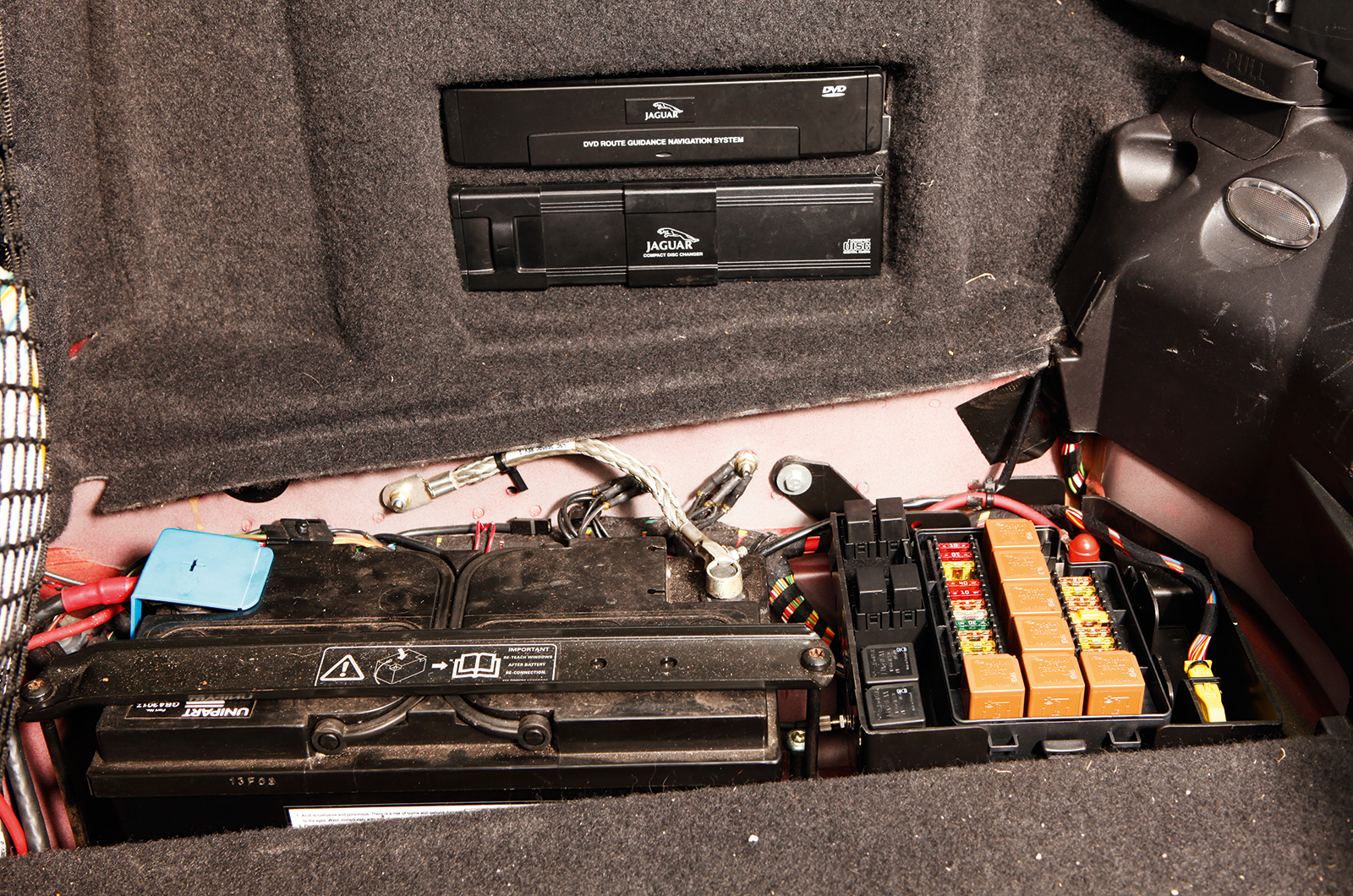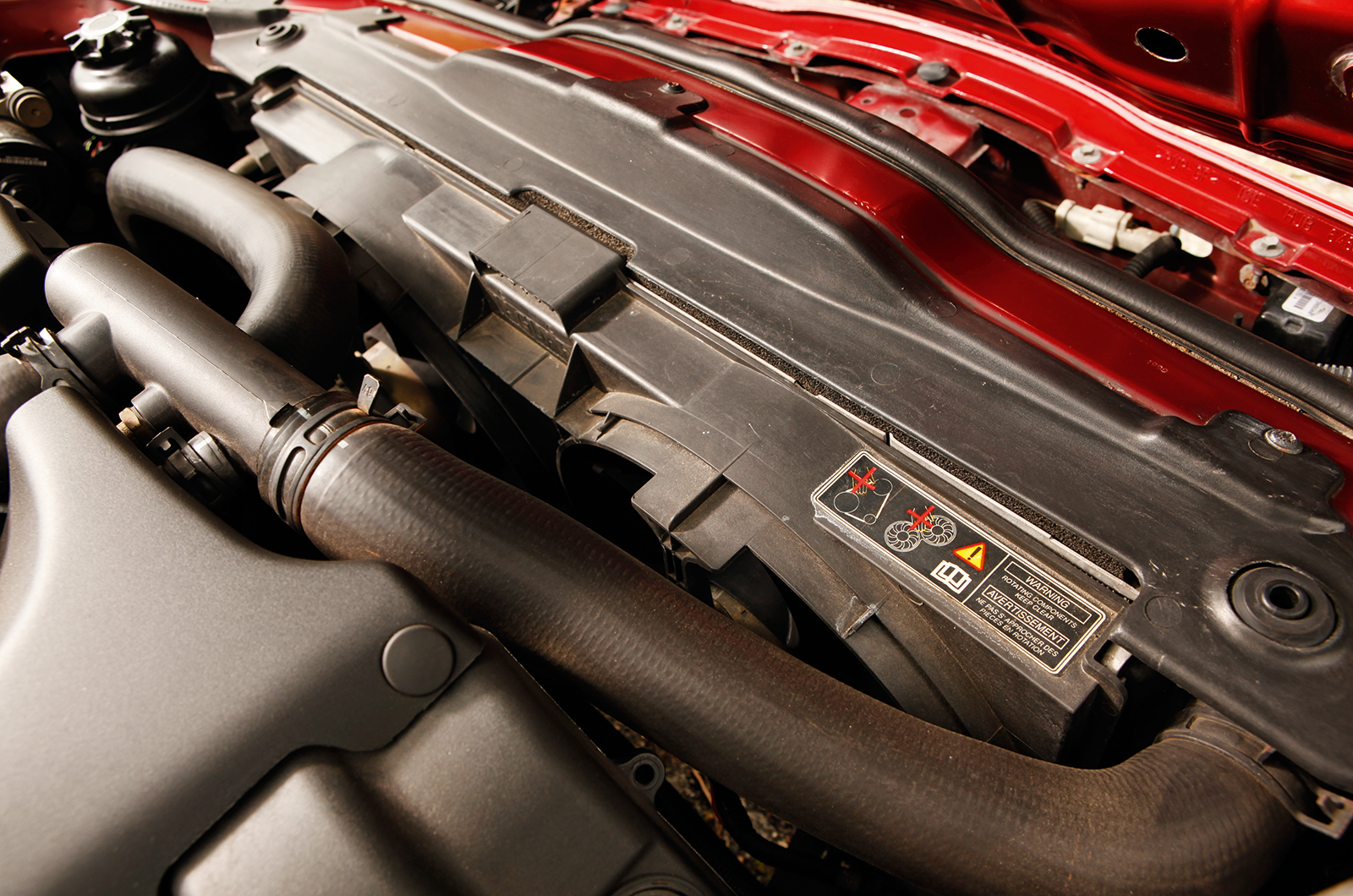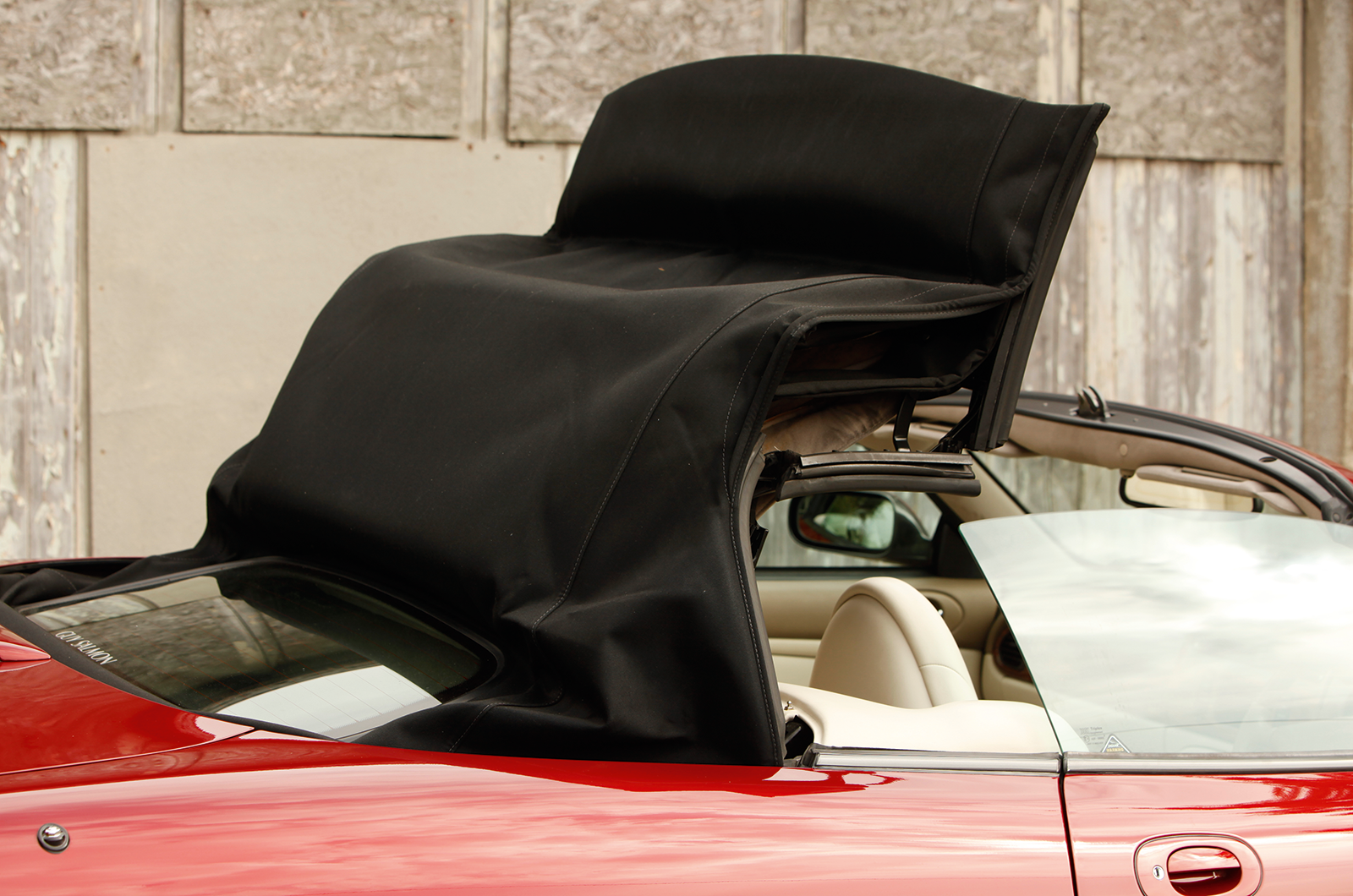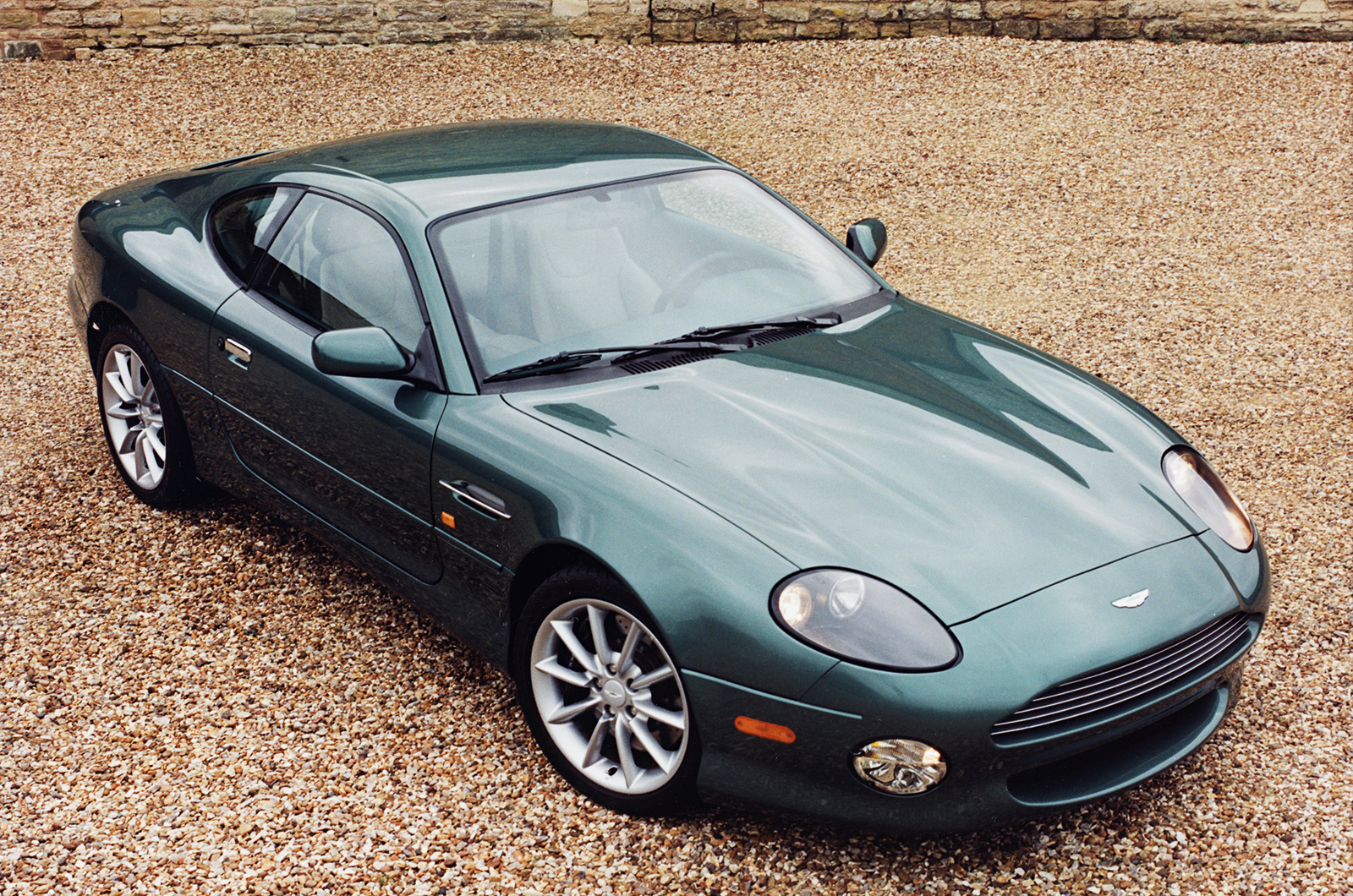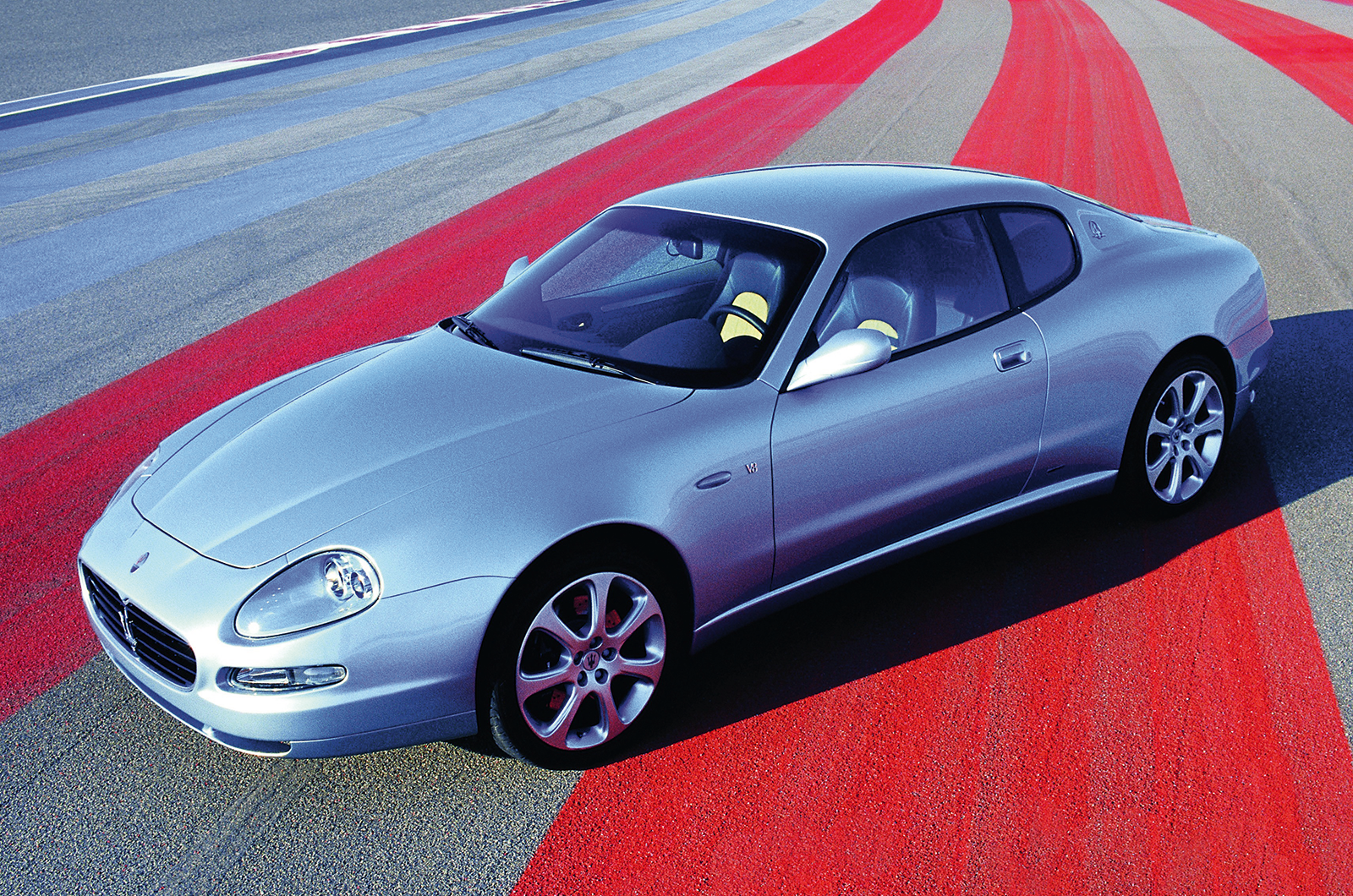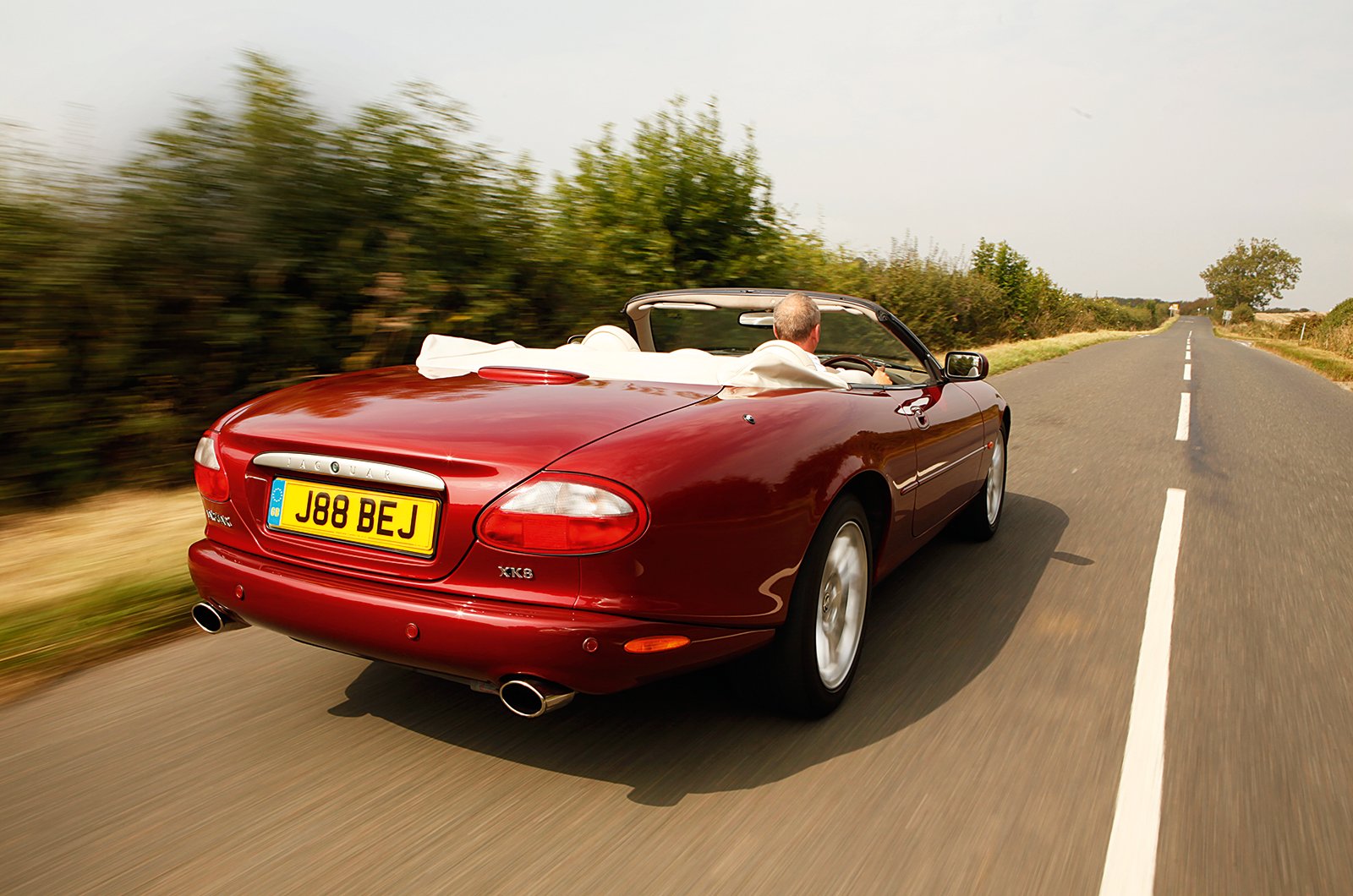
Why you’d want a Jaguar XK8/XKR
The XK8 range offers impressive performance and style for the money. That won’t be the case for ever, because this capable and elegant Jaguar is increasingly appreciated in the classic market.
Resources at Jaguar had been in short supply for a sports car project through the end of the BL era, privatisation and then the Ford takeover in ’89. Saloons were the priority, and a long-running XJ40-based roadster proposal was scrapped.
In 1992, Bob Dover was appointed to lead a new sports car team with chief stylist Geoff Lawson, and Fergus Pollock largely responsible for the final design.
To save time and cost, the XJS floorpan was retained, but with fresh underpinnings, engine and transmission. X-300 saloon rear suspension, plus a new front set-up, the all-new AJ26 V8 (complete with patented low-volume cooling system allowing rapid warm-up from cold) and a fully electronic ZF five-speed ’box were fitted.
Although slightly less powerful than the outgoing 5.3-litre V12, the AJ-V8 was much lighter and helped the whole car to weigh significantly less than the hefty late-model XJS. F1-derived nickel-silicon carbide (Nikasil) bore liners were used; BMW and others also adopted this process, which brought issues (now sorted) with sulphur fuel additives in early engines.
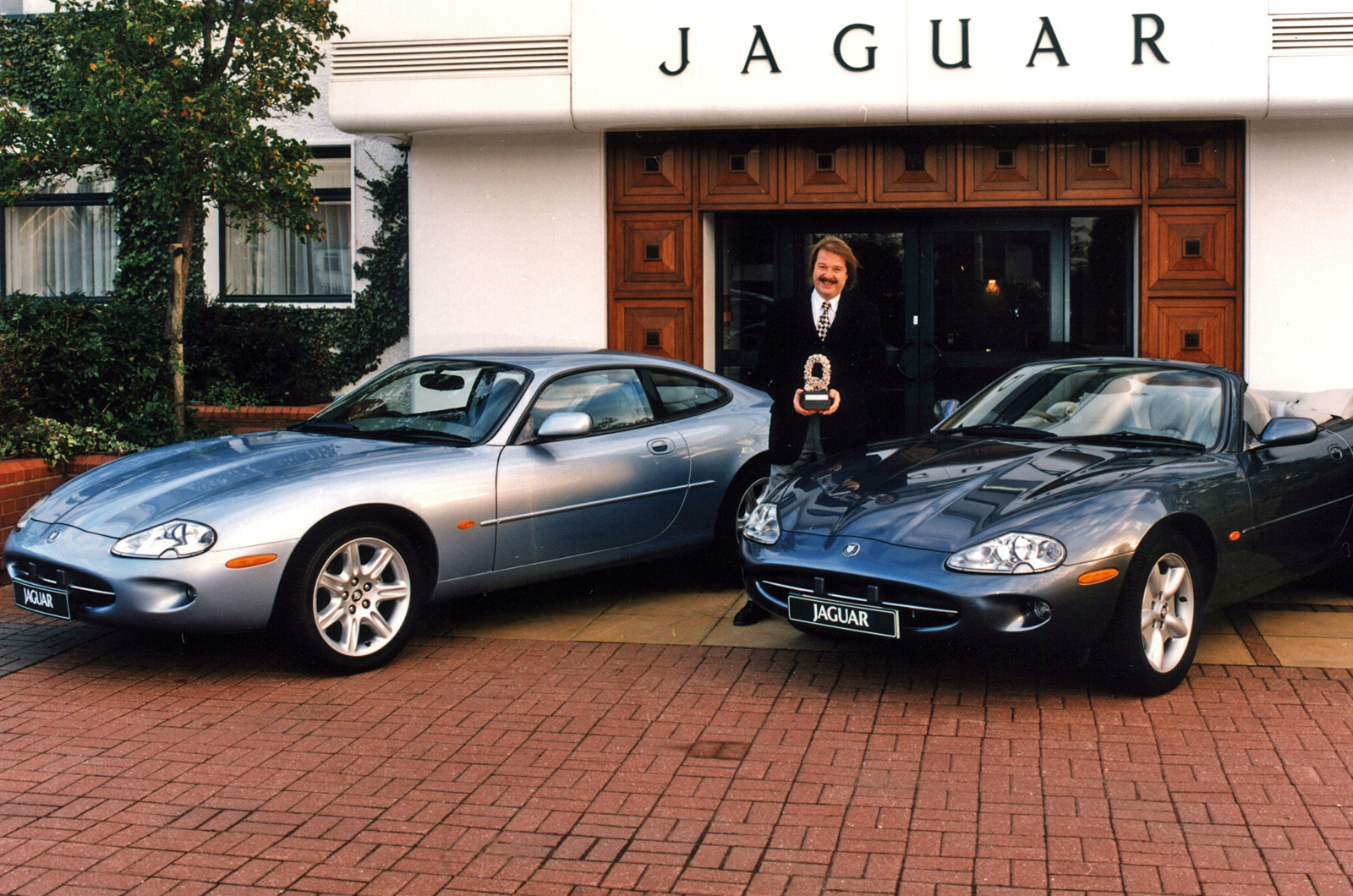
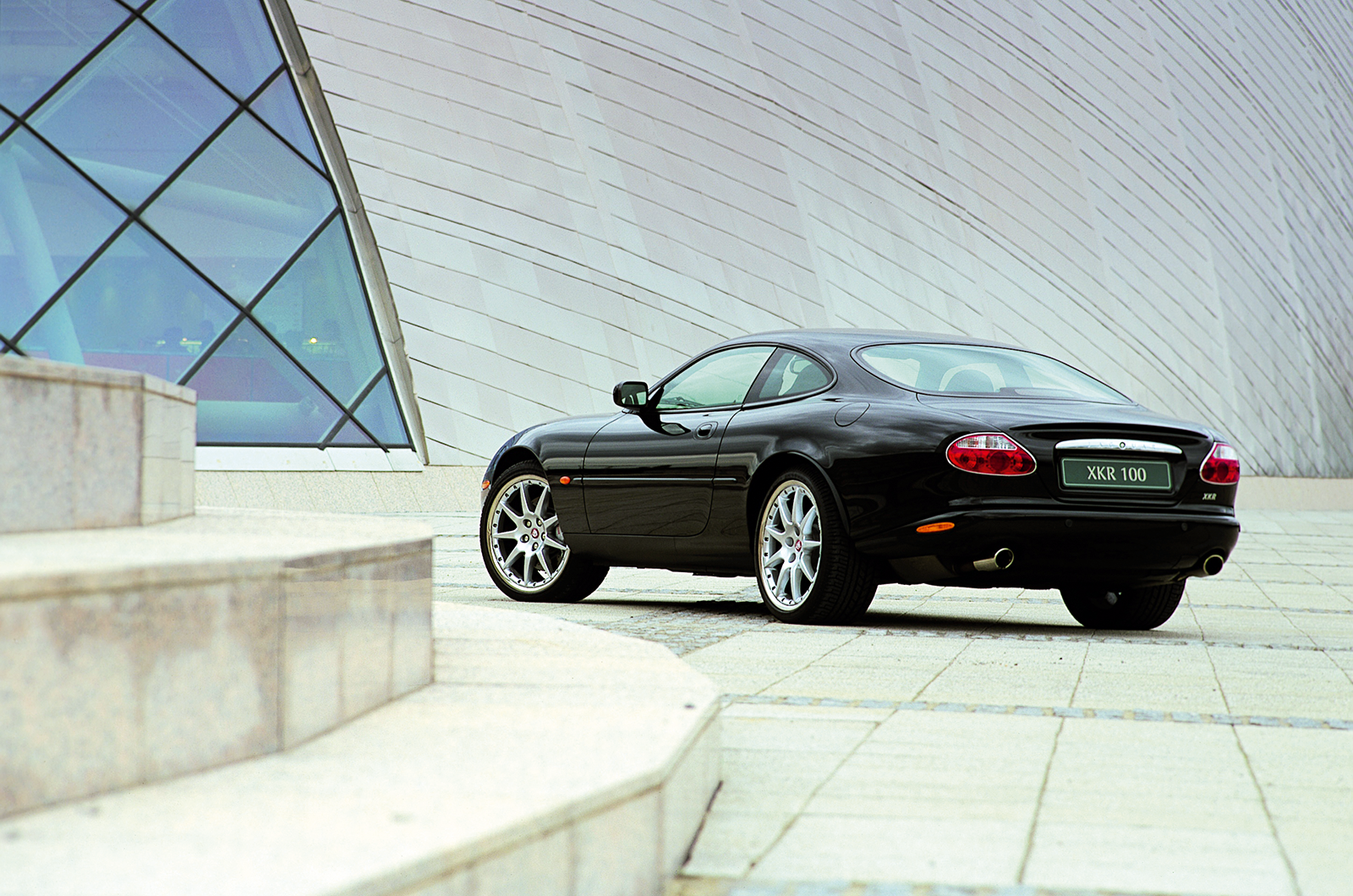
The Jaguar was built to much higher quality standards than before, thanks to Ford input. It’s actually cheaper and quicker to produce a vehicle with parts that are correct to the millimetre and need no adjustment, lead-loading or filling.

